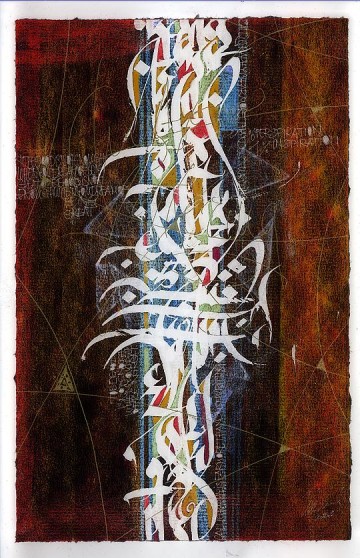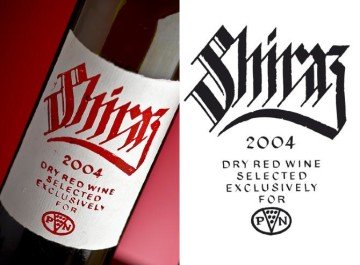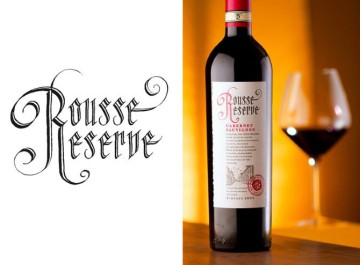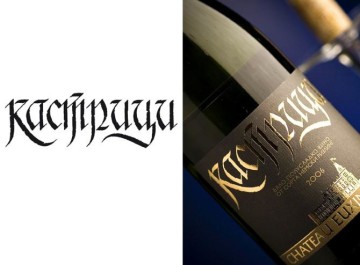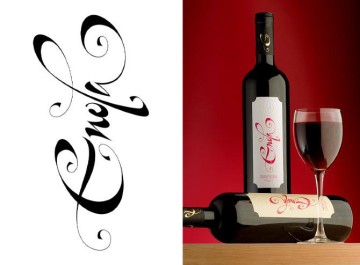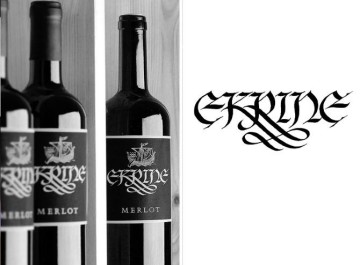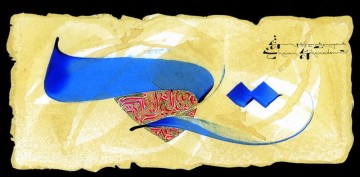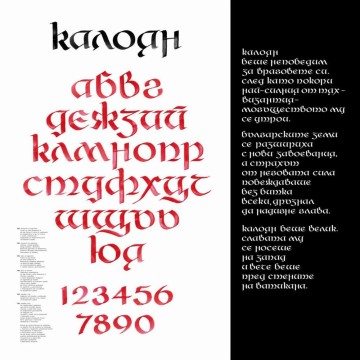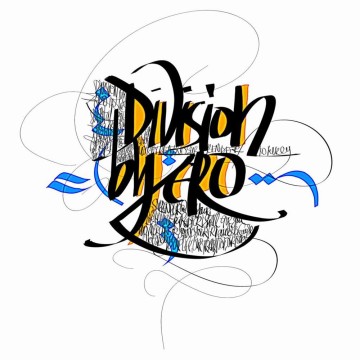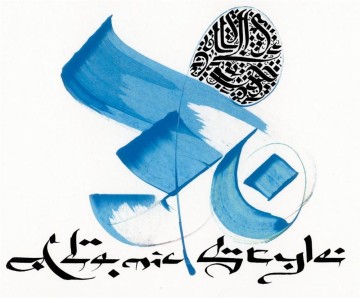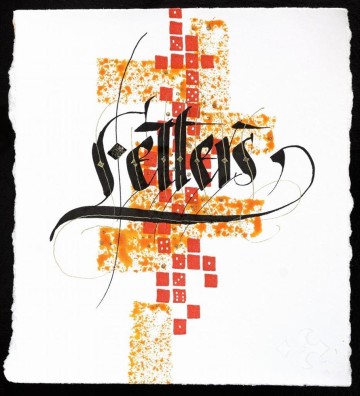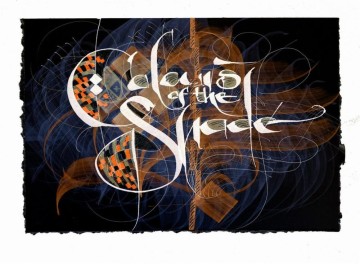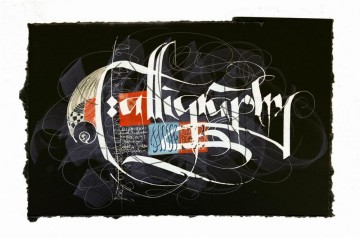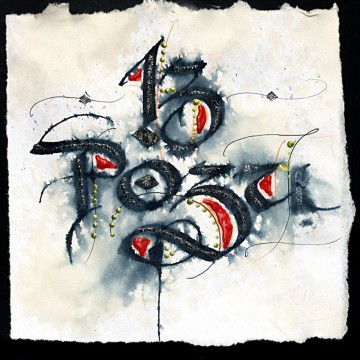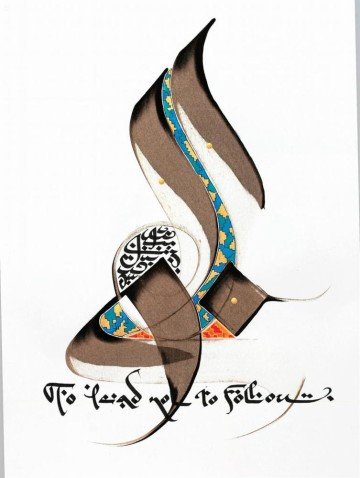Jordan Jelev

Jordan Jelev
Varna, Bulgaria
Calligrapher, Graphic designer
生平
About the bottle labels:
“It all began some 13 years ago. I started working for www.factor-r.net and the studio already had some wine clients I started with. Then, I made my own style of how to make labels and packages and the number of clients grew bigger and bigger. Of course, there is no need to say that a large part of my wine labels is based on calligraphy, or sometimes my whole label is totally hand-crafted.
The calligraphy itself makes my labels more distinguished, more recognizable. It is really hard to find one that uses custom lettering in the 21st Century — instead of a large amount of digital fonts. Anyway, I am addicted to calligraphy. It gives life, color and emotion to my work. It all looks different, and here, in my country, almost everyone knows it is done by me”.
About the switch from Economics to design and lettering:
“Well this happens here really often—you can see a doctor driving a cab, or an engineer selling tomatoes. My case is not exactly like those I mention above…Here is the situation: After finishing my service at the Navy in March of 1996, I had three things of importance:
1. I got my discipline in the Army.
2. I wanted to get a good education.
3. I already had the experience of graphic design and pre-press while doing everything around the Navy newspaper Morski Dnevnik
So having 1,2,3 on my mind, I decided that an Economics degree will be good for me in the future, and on the other hand, I was totally convinced I would have to both study and work.
I started working at Zograph Studio from 1996 to 1998—there I had my experience with pre-press, graphic design, typography, some different machines like several imagesetters, etc. And while being a student in Economics, I began to realize I had some extra powers as a graphic designer and even pre-presser. In fact, the truth is that I am popular as a graphic designer, but I have remarkable experience in the pre-press field and in offset- and flexo-printing that I keep a secret, though some of my colleagues know it”.
“I think I would never stop learning more and more. For me, that is the only way to find myself, my mood, my emotions—it is something like fitness, but not for your muscles, but for your soul.
I’ve always had some crazy ideas, some of them already seen, but I think I have far more to learn from now on”.
About the connection between Blackletter and Islamic calligraphy:
“I mix them…there is a close relationship between those two writing styles. I think the origins of Blackletter are in the Islamic culture. I do believe this is true. I am a Blackletter addict. This inspires me really a lot—every letter is a unique logo. I can write Blackletter every day. This love of mine led me to follow Islamic calligraphy, Persian especially…and I found for myself the relationships between gothics, Islamic writing, and those artistic strokes we can find in graffiti…it is all same thing, same culture, same vision, spread over several centuries of history”.
“There are two great guys that give me a lot of inspiration every time I look at their works—Hassan Massoudy and Julien Breton. I love their work and I am learning from them—it’s like trying to play something from Mozart, Beethoven, etc., but in calligraphy. I am trying to get to their level and style and from this state, to generate my own calligraphy”.
About the rice paper:
“Here, the most interesting things are:
1. The ink stays really wet on the paper, and makes small ink spots on it, which basically forms the texture inside the letters.
2. You can use a backlight to make your calligraphy glow, which I found is really interesting and really simple to do. Just put a lamp behind it and everything changes”.
About Asemic calligraphy:
“Asemic calligraphy is a group in Flickr I came upon a few months ago and I loved this name. Asemic stands for means nothing—strokes, letters, swashes, moods, gestures—it is just calligraphy that means nothing and could mean anything”.
About tools and ink:
“I do not use so many tools as it possibly looks. I use a thick paper nib, or a wood nib for the wide strokes. I often use bayonette nibs, copperplate nibs, oblique pen holder….what else, automatic pens, coit pens…and a pilot parallel pen thanks to my friend Maxim Ivanov. And I sometimes use some strange tools like pipette, chopsticks, and many others. I have recently started working with acrylic ink for airbrush of Pebeo—Julien Breton advised me so. But I mostly use Windsor and Newtone inks and Talens Ecoline”.
The 5 things people don’t know about Jordan Jelev:
1. He reads a Latin dictionary in his bathroom.
2. He reads a wine encyclopedia in his second-floor bathroom.
3. He is afraid of heights.
4. He loves to use his 4-stroke engine Honda lawnmower.
5. He hates to walk barefoot.
Based on: http://www.lettercult.com/archives/1118
